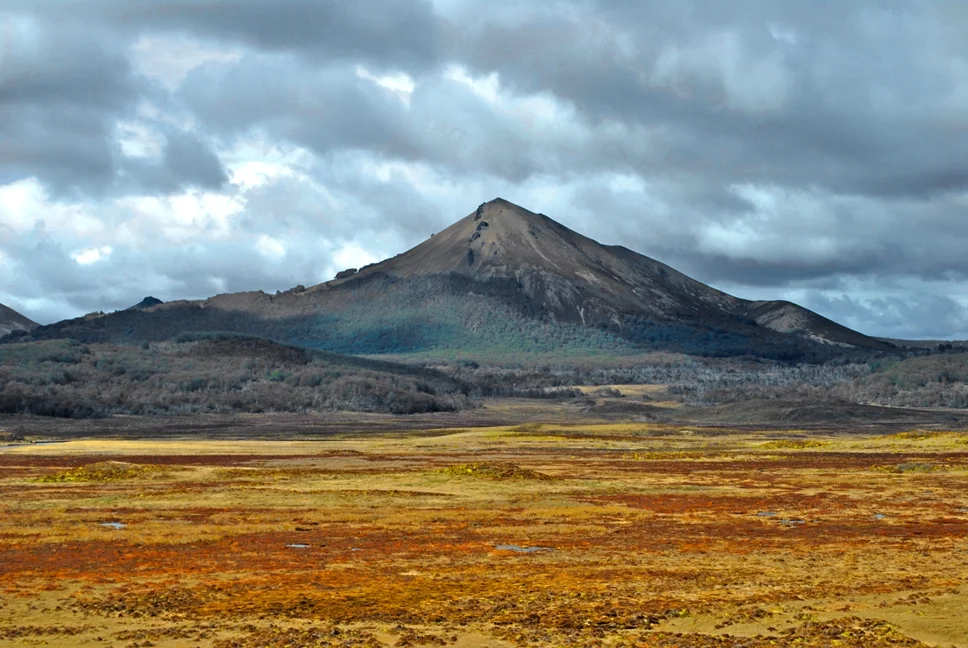Protection Money
This article appeared online via The Economist on November 21, 2014. Read the original version here. In 1872 Ulysses Grant, America's 18th president, proposed Yellowstone, the world's first national park, for "the benefit and enjoyment of the people". A century later, protected areas were arising purely out of environmental concerns. These days, 193 countries together host 209,000 protected areas, spanning 15.4% of the terrestrial realm and 3.4% of the world's oceans. But to set aside an area is not, by itself, to protect it. That requires resources that include funding—and the funding is increasingly coming from unexpected quarters.
Some of the world's protected areas are doing a fine job. At the World Parks Congress, a once-a-decade event held by the International Union for Conservation of Nature, the latest of which concluded this week, a "Green List" of 23 of the best-managed sites was released. Further protected gains are being made, too; at the meeting, central Africa got its first marine protected area, off Gabon's shores, and Bangladesh just promised that it too would create one.
But the picture is not entirely rosy. Many of the sites that did not make it onto the Green List are poorly run. In an article in Nature from November 6th, James Watson, a researcher with the Wildlife Conservation Society (WCS) based at the University of Queensland, in Australia, and colleagues suggested that just a fifth to a quarter of protected areas are effectively managed, and that many are under-funded—even in the richest countries.
Given that many countries fail to account for the full value of protected areas, conservation funding is among the first victims of austerity measures. Between 2009 and 2013 the American National Parks Service's operational budget fell by nearly 13%. But Dr Watson and his co-authors estimate that adequate management of the world's growing protected areas will require an annual investment between $45 billion and $76 billion (the lower figure, they note, is just 2.5% of global military spending).
To cover shortfalls, Cristián Samper, chief executive of the WCS, says the conservation community needs to find "creative partnerships". That, in some cases, makes for strange bedfellows.
Take the example of Karukinka, a 3,000-square-kilometre reserve in Chile's Tierra del Fuego, which marks its 10-year anniversary in November. It is home to the world's southern-most old-growth forests, Chile's largest population of the llama-like guanaco and significant marine life. But what is most remarkable is how the reserve got its start: after purchasing a pool of distressed assets, Goldman Sachs donated the land in 2004 to the WCS.
The donation was undoubtedly a bit of good PR (and was perhaps inspired by Hank Paulsen, an avid environmentalist who was then boss of Goldman Sachs). But it was not a one-off. Since then, Goldman Sachs has launched the Center for Environmental Markets to further market-based solutions to environmental challenges, and has sponsored a partnership between the WCS and the University of California, focused on establishing marine protected areas in Chile.
Not every protected area can depend on such grand benefactions; smaller-scale partnerships are on the rise, too. In October, an unlikely group backed Bracken Cave, a wildlife refuge in Texas that, when millions of female Mexican free-tailed bats come to rear their pups, becomes the world's largest concentration of mammals. When property developers planned to build next to the cave, Bat Conservation International, which manages the site, sought assistance from the city of San Antonio, The Nature Conservancy and local charitable foundations. The ad-hoc consortium purchased the land with funds including $10m from the city and $5m of private donors' and charities' money.
Perhaps the greatest promise lies at the intersection of conservation and finance. The Nature Conservancy has been pioneering conservation-related impact investment. Its Conservation Note (a $25,000-and-up, 1- to 5-year bond) quickly sold out. In April, the organisation joined with JPMorgan Chase to launch NatureVest, a division that will deploy $1 billion in conservation-minded capital over the coming three years. On November 6th, it released a report estimating that conservation investing is seeing 26% growth annually and will hit $5.6 billion by 2018.
Ulysses Grant could not have known that the "benefit" he sought to protect was so broad in terms of biodiversity, so-called ecosystem services and, in a very real sense, security. But to keep those benefits—and enjoyment—going, those who would secure funding for protected areas will have to continue to be creative.
